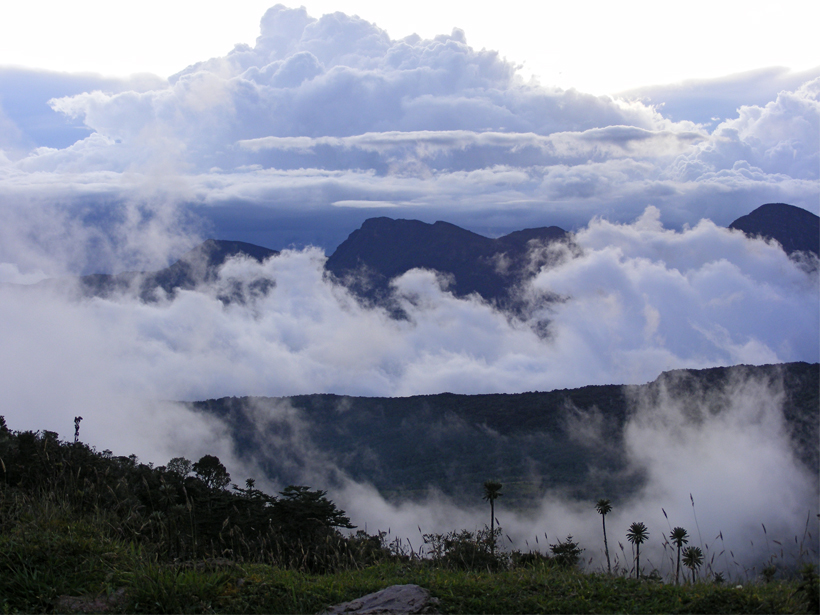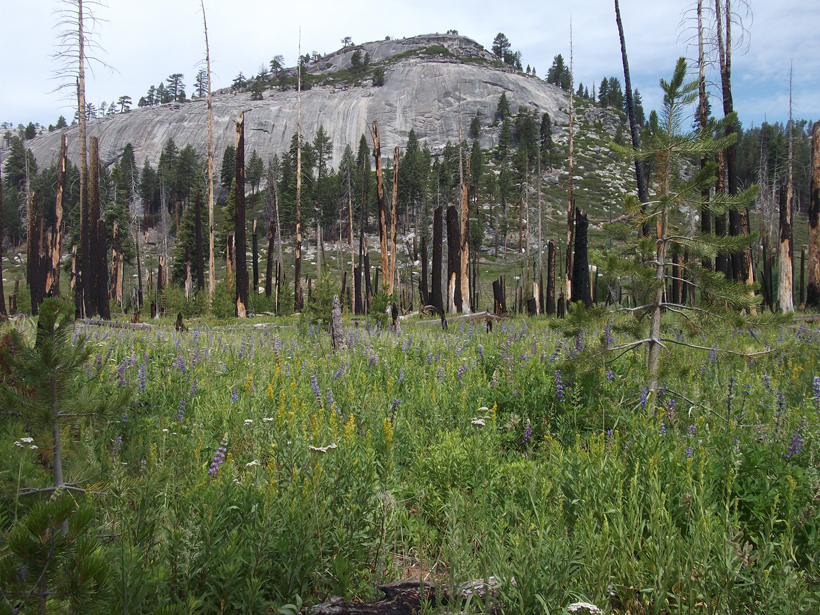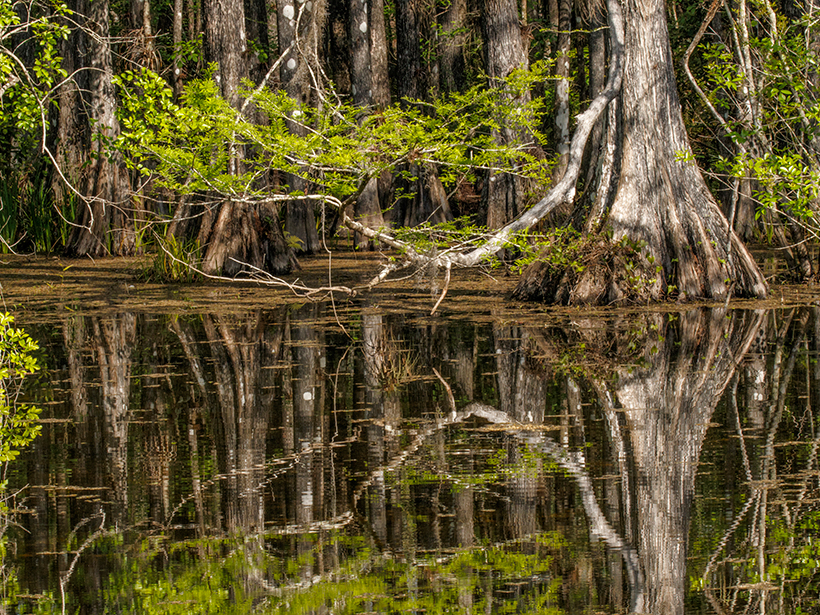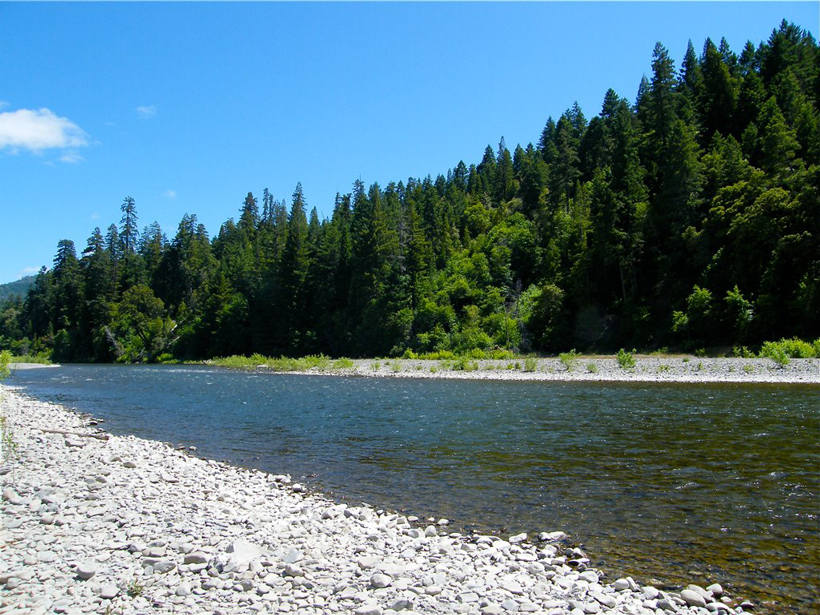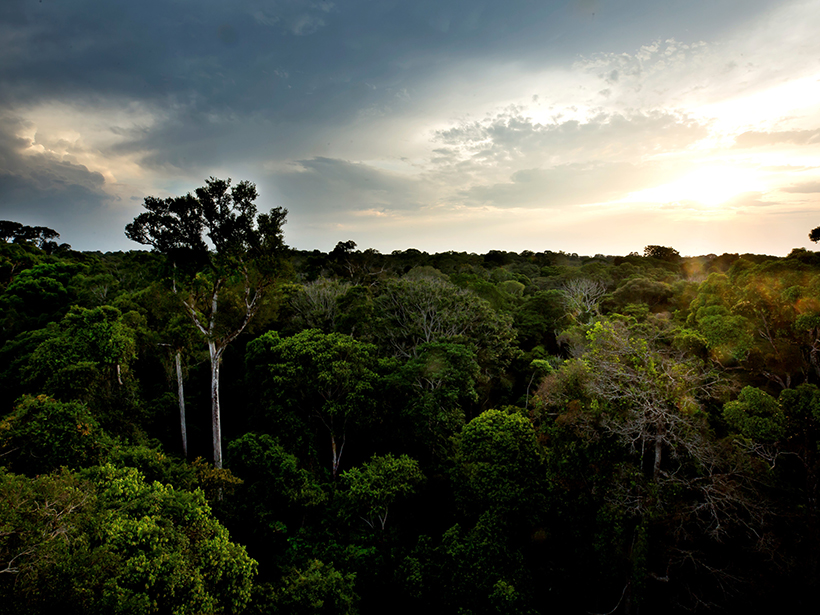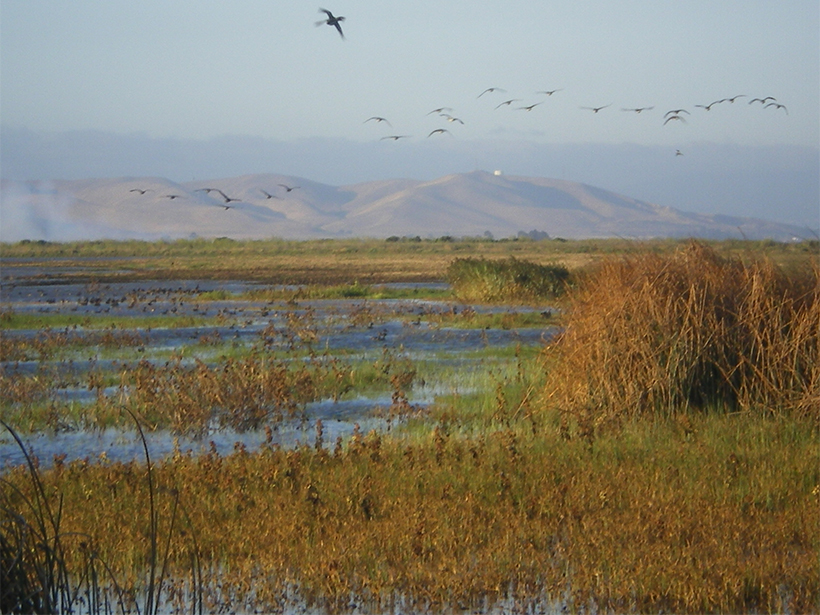Soils both emit and take up different biogenic volatile organic compounds, altering the chemical composition of the atmosphere and influencing local, regional, and global climate.
plants
The Flickering Sky Islands
In the Andes, islands in the sky flicker, and evolution kicks into high gear.
Restoring Natural Fire Regimes Can Yield More Water Downstream
Research in Yosemite National Park offers a new benchmark for understanding water balance changes in a mountainous basin 4 decades after its natural wildfire regime was reestablished.
North Carolina Bald Cypress Tree Is at Least 2,674 Years Old
Researchers say it’s the oldest-known living tree in eastern North America. If it hadn’t been protected, it could have ended up as garden mulch.
Answer to California Landscape Riddle Lies Underground
Scientists link vegetation mosaics in California to patterns of weathered bedrock.
A Simplified Model of Water Vapor Exchange in the Amazon
Evapotranspiration is the exchange of water vapor between land and the atmosphere, and it is hard to measure and model. A new study shows promise for its estimation over large, vegetated landscapes.
Topography and Microclimate Shape Tree Ring Growth
Wizened bristlecone pines in California reveal past climate trends, and new research shows how slight variations in landscape position drive different growth patterns in trees’ annual rings.
Capturing the Dynamism of Plant Roots in Models
Simulating the dynamic nature of plant root profiles in Earth system models improves the representation of the carbon and water cycles.
Rooftop Gardens Make Use of the Air We Breathe Below
Growing plants near building air vents may help them grow better, while reducing the carbon emissions from the people exhaling inside.
Budgeting Ozone-Depleting Emissions from Coastal Tidal Marshes
Brackish wetlands and their salt-tolerant vegetation are significant methyl halide emitters. The natural emissions add chlorine and bromine to the stratosphere, which break down ozone.


